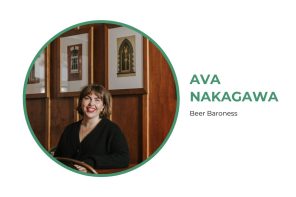Children develop eating habits from a young age. That is why Japan, a country with an average life expectancy rate higher than New Zealand by a number of years, as well as obesity rates far lower than the rest of the world, put so much emphasis on healthy eating in food provided by school lunch bars.
Japanese school cuisine goes by the name of ‘kyushoku’, which refers not only to the food itself but also the process of learning where the food came from and why it’s important. The lunches are a mixture of cuisines, mostly Japanese, but also featuring Korean influences, Chinese, and sometimes Western. The meals often consist of rice, bread or noodles, coupled with some form of protein, like chicken, fish, beef, pork, as well as vegetables, a soup dish and milk.
Another aspect of kyushoku is that kids are not given a choice; they eat what they are given. The lunch each day differs with a rotation process, and each month depends on what is in season.
“It offers a uniform menu to all children in each school five days a week, unlike the cafeteria-style school lunches often found in the U.S. and U.K,” said Dr Asushi Miyawaki, a health policy specialist at Tokyo University. “That helps avoid an imbalance in nutritional intakes. The lack of choice can also help hide disparities in the children’s socioeconomic background that may be evident in packed lunches.”
Not only is this style of menu beneficial for the kids, but also the local communities. Students learn about the importance of their food provenance and the processes involved with the journey from source to their plates. Through kyushoku local farmers in Japan have been able to increase the proportion of locally grown vegetables in the school catering from 13 percent in 2012, to almost 32 percent in 2018.
The scheme mostly government funded—parents have to pay around ¥250 per meal, or NZ $3.30. It is estimated that 95 percent of the food that is put in front of the kids is eaten—no fuss, and almost no waste.






